Articles By: VMware
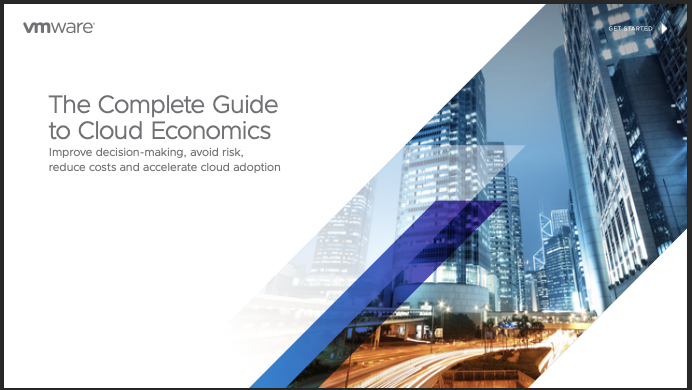
The Complete Guide to Cloud Economics
Organizations are moving to the cloud to take advantage of economies of scale, global reach, and to set the foundation for innovation in their business.
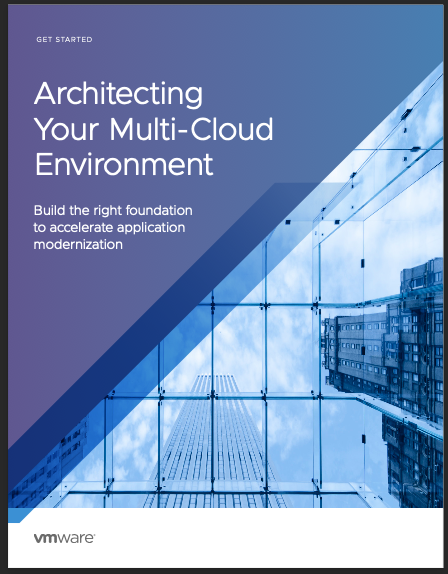
Architecting Your Multi-Cloud Environment
Businesses are developing new software and modernizing existing applications to support their digital transformation initiatives. Architecting a cloud environment that supports the five key architectural principles below will help you build a multi-cloud environment that meets the needs of your business, today and tomorrow.
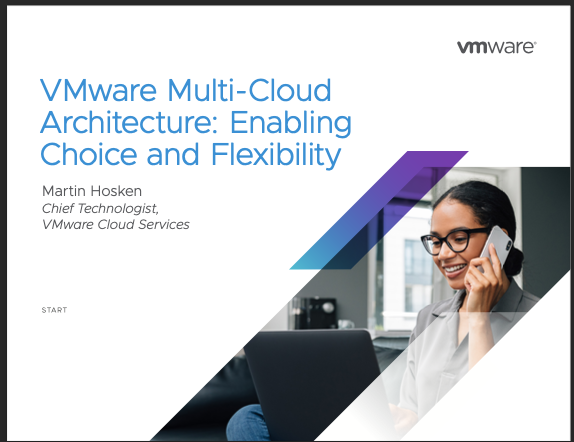
VMware Multi-Cloud Architecture – Enabling Choice and Flexibility
In today’s world, application growth is unprecedented and enterprise applications on a wide range of cloud endpoints – some public, some private, some via SaaS delivery, some managed by you, some managed by others. Currently, every industry trend report identifies multi-cloud as a key strategy for most large organizations.
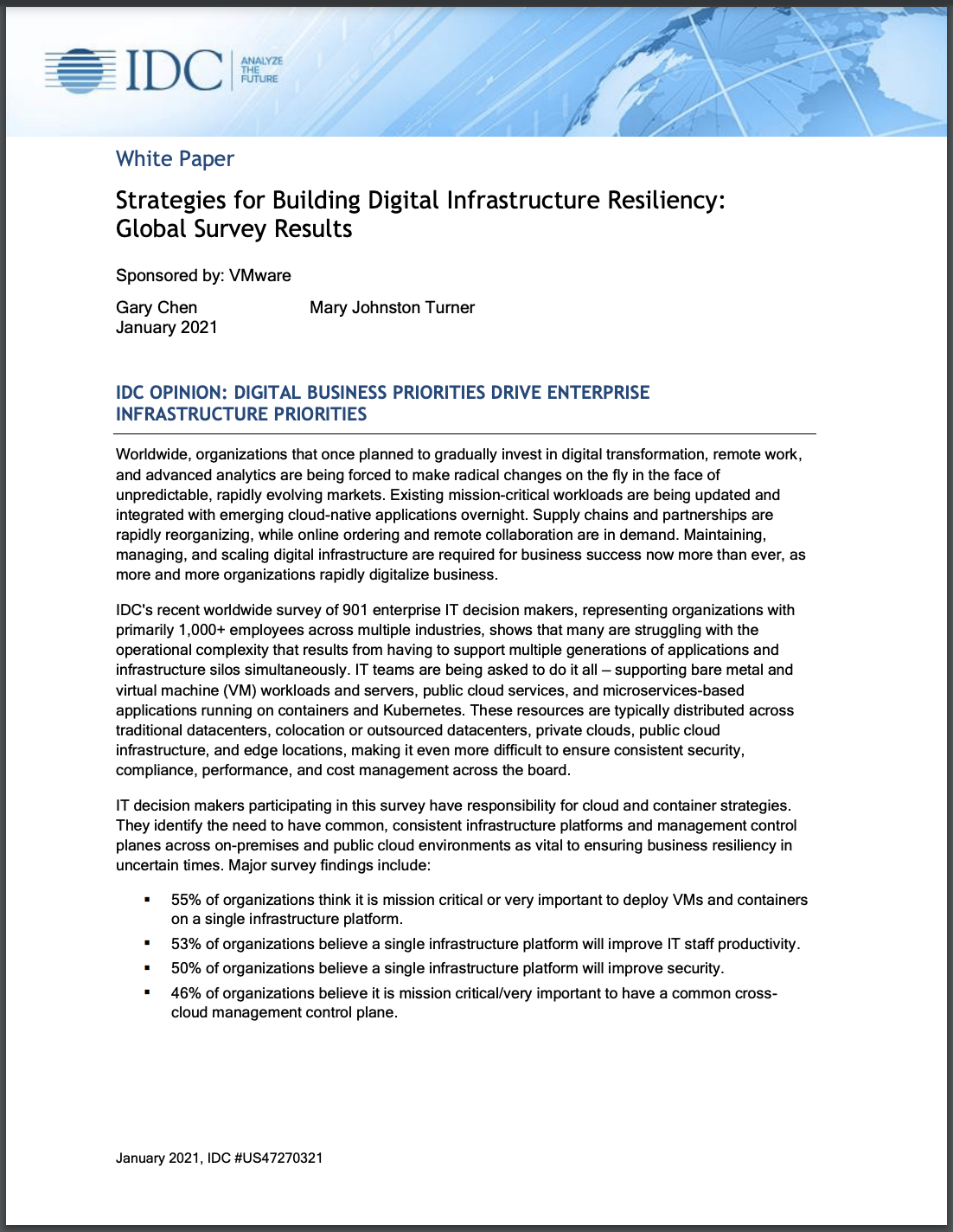
IDC: Strategies for Building Digital Infrastructure Resiliency
Multiple generations of applications. Multiple generations of infrastructure. Is there a way to reduce complexity and simplify how you manage it all? IDC asked 900 IT leaders how they plan to move forward with VMs and containers across a multi-cloud landscape.
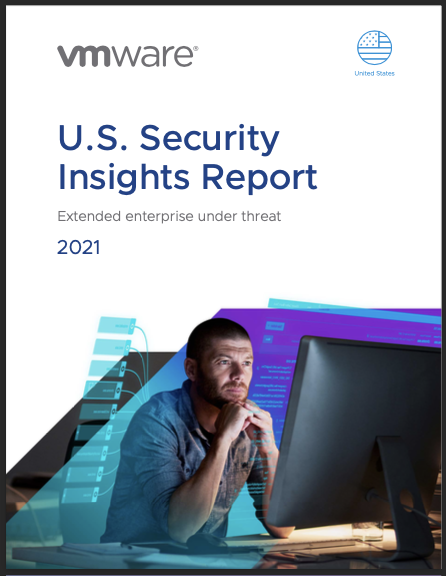
U.S. Security Insights Report – GSI report
The disruption of the pandemic along with the anywhere workforce resulted in a surge of sophisticated cyberattacks and material breaches. 63% of U.S. cybersecurity professionals said attacks increased due to employees working remotely. Security teams now face the challenge of securing the anywhere workforce.
Strategix achieves VMware Cloud Verified status
“Cloud Verified services delivered by VMware Cloud Providers can provide the efficiency, agility, and reliability inherent in cloud computing..
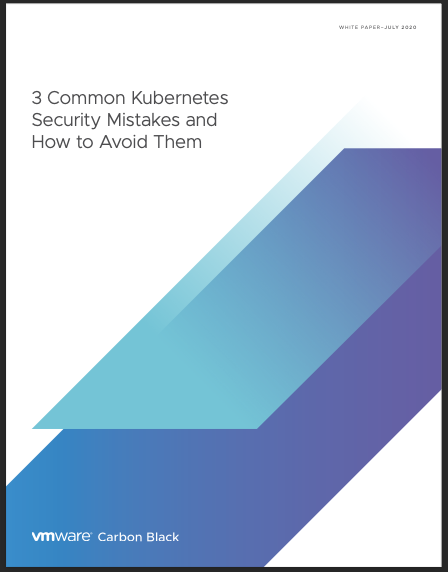
Three Common Kubernetes Security Mistakes and How to Avoid Them
The rise of Kubernetes in the enterprise has greatly simplified cloud native infrastructure for developers. You can start serving internet users with just a few lines of code and one Kubernetes command. But just like any tool or technology, Kubernetes comes with new security considerations.
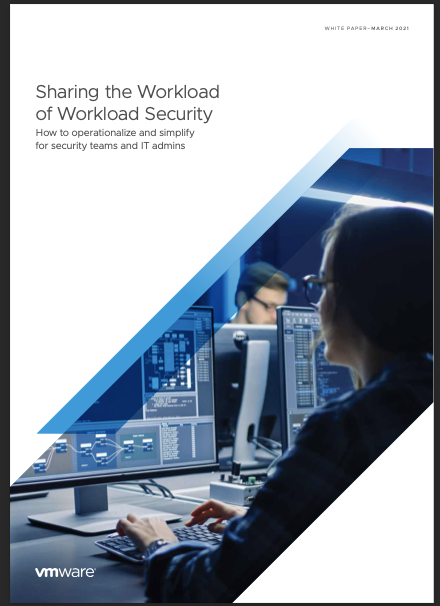
Sharing the Workload of Workload Security
IT admins and security teams have always played their parts in keeping systems secure—though often in relative isolation of each other. Security teams are usually comprised of policy and audit groups, threat hunters, and incident response teams. Meanwhile, the operational burden of security and compliance frequently falls on IT admins who are not necessarily security oriented.


